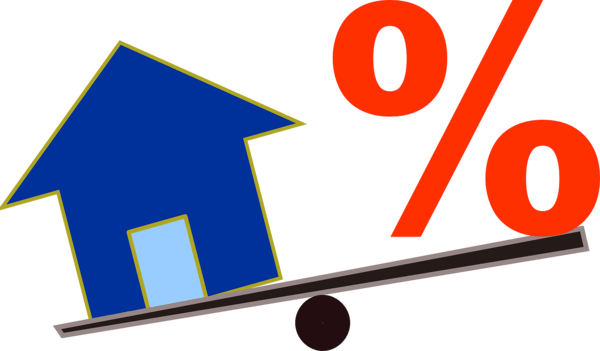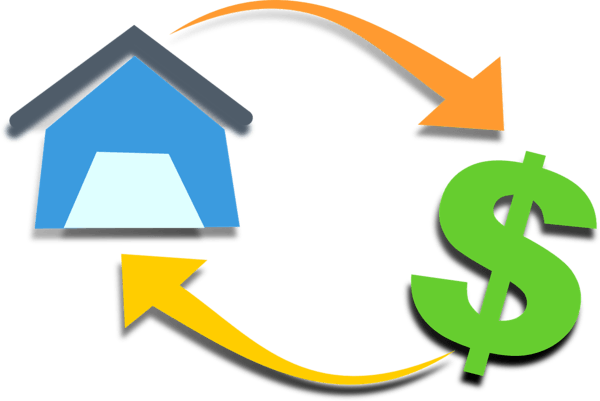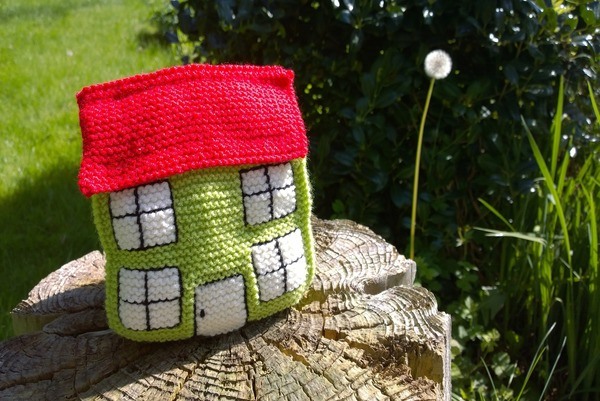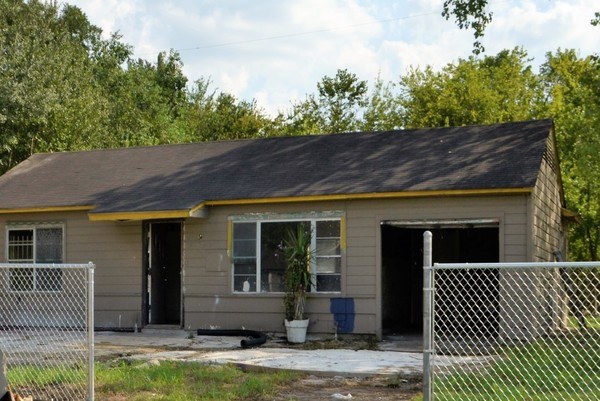You’ll Never Consider a Mortgage After You Know These 11 Scary Facts
Some people feel that debt of any kind is a type of slavery, and mortgage debt does, indeed, steal your money before you’ve even earned it.
Because of the way the interest is calculated, with very little of your payments going toward principal in the early years of the loan, that chunk you’re paying off gets smaller only by the tiniest of increments. Therefore, even with a “low” interest rate, you will pay big for the privilege of owning a home.

Understanding that mortgages are pretty much necessary for most people to own a home, we are going to break down 11 mortgage pitfalls to understand before you take one on.
Be sure to read all the way to the end – you simply cannot afford not to!
1. Over 30 years you’ll pay roughly double the selling price

If you’re lucky, you’ll qualify for a relatively low interest rate. Regardless, a 30 year mortgage is going to cost you at least double the selling price of the home by the time you pay it off.
Though the monthly payments are lower with a 30 year mortgage than in a 15 year mortgage, always go for the shortest term possible to avoid getting sucked dry by your lender.
2. Closing costs are brutal

Home buyers are responsible for closing costs on their mortgage loan. These fees cover things like the lender’s appraisal of the property, taxes, payment to the title company for its work, title searches, and Realtor fees.
According to US-based real estate company Zillow, these closing costs usually land between 2% to 5% of the purchase price. So if you end up on the high end of closing costs on a $300,000 home, be prepared to plunk down an additional $15,000 before you get your keys.
3. Fees upon fees

Beyond closing fees, there are fees called POCs, or Paid-Outside-of-Closing. These fees are generally paid out of pocket, rather than rolled into the mortgage loan itself.
The fees can vary wildly from lender to lender, but often cover required things like inspections, mortgage insurance application costs, loan origination, loan commitment, and title transfer.
This is all cash you’ll have to pony up in order to get approved for a mortgage at all.
4. No guarantee of clearing the mortgage upon sale of the property

Your mortgage amount and interest rate is calculated based on the appraised value of the home at the time of purchase, but that value is constantly in flux. When property values decline, homeowners very quickly find themselves underwater, meaning they owe more than the property is worth.
When a person is forced to sell before the market rebounds, they will be unlikely to cover the whole amount left on the loan and be crippled by additional payments on a home they no longer own.
5. Foreclosure makes you homeless and unable to buy another house

Foreclosure is a devastating thing for a family, and it can happen in a flash if the homeowner falls behind on the mortgage. This is an especially egregious abuse if the homeowner has been victim to a predatory lender who purposely sold a loan they knew the homeowner wouldn’t be able to maintain.
Foreclosure means that in addition to not having a place to live, you also get a black mark on your credit that can have a negative impact on your life for years to come.
6. Adjustable rate mortgages can easily become unaffordable

Adjustable rate mortgages are one of the biggest rackets out there. Avoid them at all costs! They can be appealing at first because they offer lower initial rates than traditional mortgages. However, an ARM is all but guaranteed to experience a spike in interest rate that could make your mortgage completely unaffordable.
The only option at that point is to refinance, a process which has financial requirements that not everyone can meet and costs a ton of money in closing costs.
7. Predatory lenders are ruthless

Lenders are defined as predatory when they direct clients in a way that goes against the borrower’s best interest. Home buying is complex, and borrowers might not understand when a lender has crossed the line into exploitation.
Predatory loans, though legal, usually come with excessive fees, exorbitant interest, overpriced and unnecessary insurance, and high prepayment penalties.
If you feel that your lender is pushing you to borrow more money than you know you can afford, that’s a major red flag.
8. Reverse mortgage pitfalls

In essence, a reverse mortgage is a more expensive home equity line of credit, in which the bank ceases to require mortgage payments and instead pays the homeowner based on their equity in the home.
The problem with this, beyond the average $10,000 in closing costs and fees, is that upon the homeowner’s death, the bank owns the home. Heirs have the option of buying back the property, but if they can’t, the bank takes the home for a song.
Reverse mortgages are marketed intensely to older people precisely because the sooner they die, the cheaper the property will have been for the bank.
9. The loan is likely to get sold over and over again

There is no guarantee that your mortgage will stay with the original lender. Big financial corporations often package their loans in bundles and auction them off to other buyers.
Once sold, you will owe your mortgage payment to another lender, but they can be slow about letting you know that!
It’s not uncommon for homeowners in this situation to be consistently paying the lender they think they have, only to be slapped with late fees and threats of foreclosure from the new owner before ever understanding that the loan was sold.
10. Minorities and poor people pay more

As with many institutions, minorities and lower income families are at a disadvantage when it comes to participation, especially in the United States.
A 2004 analysis of 2.2 million mortgage applications, conducted by reporters from The Charlotte Observer, found that blacks and Hispanics pay more in interest than white people, no matter their level of income.
Poor people who don’t have the money to engage legal counsel during the mortgage process are also more likely to fall victim to predatory lenders. Any system with such huge loopholes for exploitation of disenfranchised people is shameful.
11. Refinancing costs an arm and a leg

Refinancing can lower your interest rate by about 1%, which can be significant over the life of the loan. But it also means closing your old loan and opening a new one, so all those origination and closing fees are going to crop up again.
Common refinancing fees go for the mortgage application, appraisal, document preparation, flood certification, title search, title insurance, and recording.
All told, you’re looking at between $2,000 and $5,000 out of pocket (or rolled into the new loan). Also note that refinancing is not likely to save any money at all unless you continue to live in the home for at least five more years.
If you choose to get a mortgage, please do your due diligence before signing on the dotted line! Save up as much money as you can for the down payment and choose a mortgage with the shortest possible time frame.
Just say no to adjustable rate mortgages, and take the time every month to make sure your money is being applied correctly. With this extra effort and a bit of good luck in the housing market, carrying a mortgage can be a tolerable, if not enjoyable, fact of life.